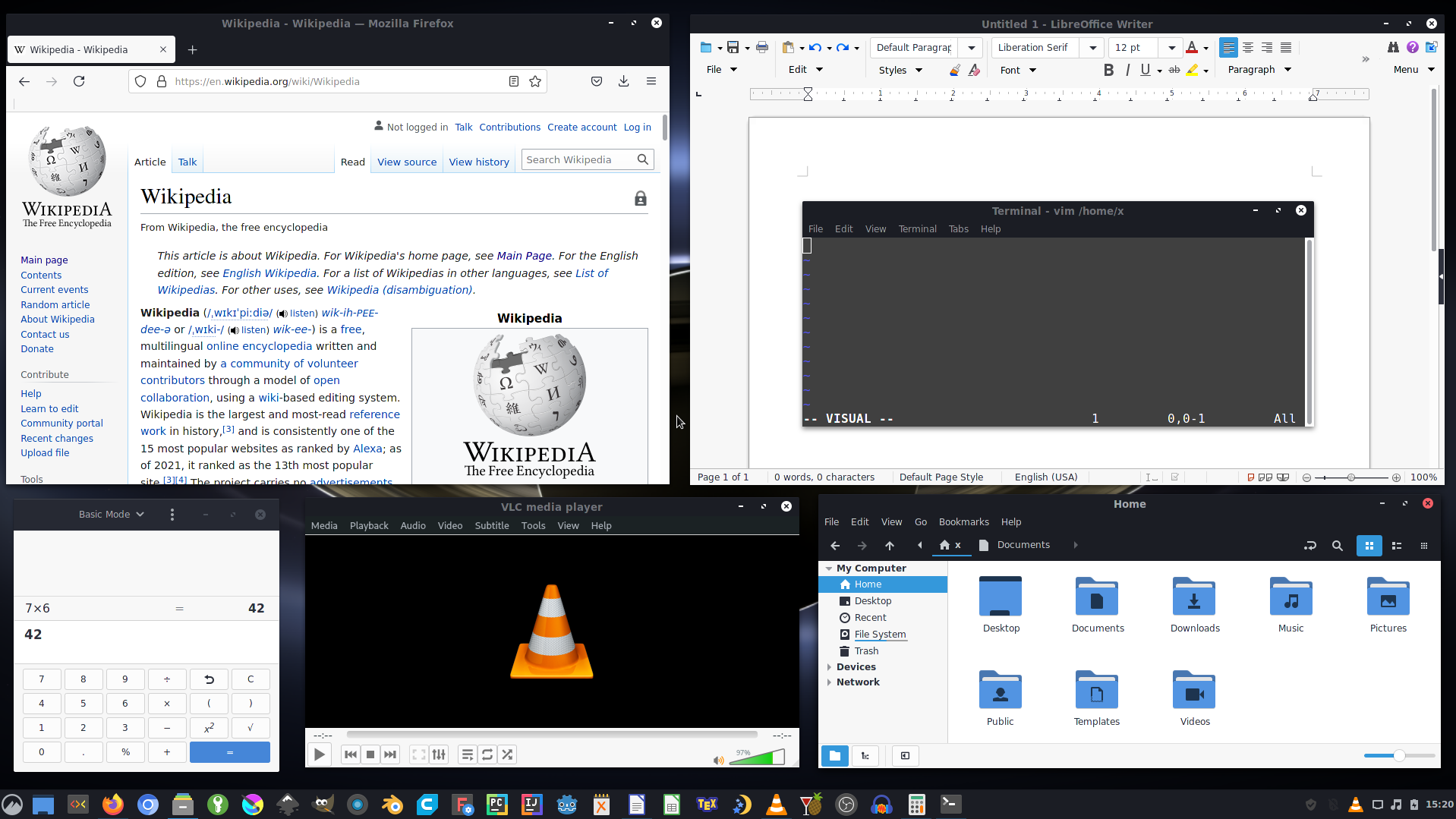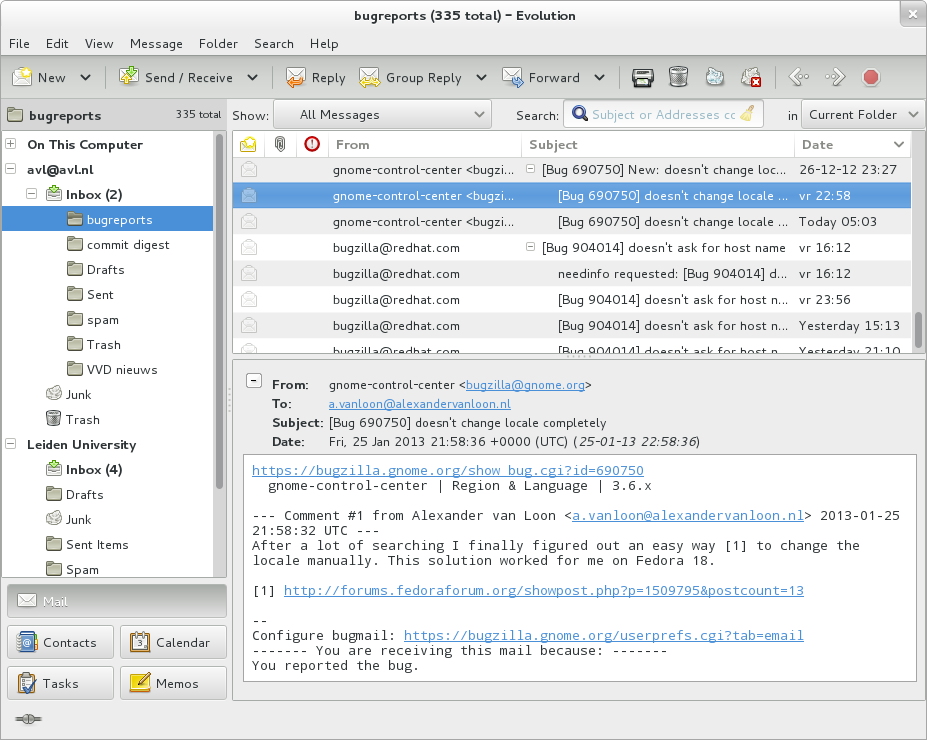|
Partecs
ParTecs, Participatory Technologies, was an international software company specialized in Open Source Software and Free Software solutions based in Rome, Italy. ParTecs maintained administrative offices in Rome and Brussels and a research and development center in Bangalore, India with over 20 people. All ParTecs activities and areas of expertise have been incorporated by the Telematics Freedom Foundation since January 2007. Products ParTecs' flagship product was the PARTECS Platform from 2001 to 2006, basically a Political Social Networking platform for 2-way communication that enabled members or officials of large multi-language organizations to complement their regular face-to-face meetings, with effective participation in formal and informal deliberative processes via Internet, Email, Mail-in and Fax-in forms. Several pieces and documentation of the platform are still accessible on the web. The PARTECS platform was presented at the World Summit on the Information Society in 20 ... [...More Info...] [...Related Items...] OR: [Wikipedia] [Google] [Baidu] |
Telematics Freedom Foundation
Telematics Freedom Foundation is a non-profit organization which aims to bring citizens, in the age of telematics, Internet, mobile phones and the web, all those freedoms and rights that the Free Software Movement has already brought to PC users worldwide. Projects TFF is working on a definition of "free telematics" as the freedom to run a web service, for any purpose, study its inner workings and adapt it, accessing the source code, redistribute copies of it, and above all verifying it is actually performing as expected, which are all essential prerequisites for any reliable and transparent e-democracy systems based on the web. A formal draft proposal, based on Free Software, is currently under development. Telematics Freedom Foundation is an advocate of the concept of Continuous Democracy, which stands for the power of citizens to practice democracy not only at the time of elections, but on every single instance they might find it is needed, through constant discussion and conf ... [...More Info...] [...Related Items...] OR: [Wikipedia] [Google] [Baidu] |
Open Source Software
Open-source software (OSS) is computer software that is released under a license in which the copyright holder grants users the rights to use, study, change, and distribute the software and its source code to anyone and for any purpose. Open-source software may be developed in a collaborative public manner. Open-source software is a prominent example of open collaboration, meaning any capable user is able to participate online in development, making the number of possible contributors indefinite. The ability to examine the code facilitates public trust in the software. Open-source software development can bring in diverse perspectives beyond those of a single company. A 2008 report by the Standish Group stated that adoption of open-source software models has resulted in savings of about $60 billion per year for consumers. Open source code can be used for studying and allows capable end users to adapt software to their personal needs in a similar way user scripts ... [...More Info...] [...Related Items...] OR: [Wikipedia] [Google] [Baidu] |
Free Software
Free software or libre software is computer software distributed under terms that allow users to run the software for any purpose as well as to study, change, and distribute it and any adapted versions. Free software is a matter of liberty, not price; all users are legally free to do what they want with their copies of a free software (including profiting from them) regardless of how much is paid to obtain the program.Selling Free Software (gnu.org) Computer programs are deemed "free" if they give end-users (not just the developer) ultimate control over the software and, subsequently, over their devices. The right to study and modify a computer program entails that source code< ... [...More Info...] [...Related Items...] OR: [Wikipedia] [Google] [Baidu] |
Bangalore
Bangalore (), officially Bengaluru (), is the capital and largest city of the Indian state of Karnataka. It has a population of more than and a metropolitan population of around , making it the third most populous city and fifth most populous urban agglomeration in India, as well as the largest city in South India, and the 27th largest city in the world. Located on the Deccan Plateau, at a height of over above sea level, Bangalore has a pleasant climate throughout the year, with its parks and green spaces earning it the reputation as the "Garden City" of India. Its elevation is the highest among the major cities of India. An aerospace, heavy engineering and electronics hub since the 1960s, Bangalore is widely regarded as the "Silicon Valley of India" because of its role as the nation's leading information technology (IT) exporter.——— In the Ease of Living Index 2020 (published by the Ministry of Housing and Urban Affairs), it was ranked the most livable ... [...More Info...] [...Related Items...] OR: [Wikipedia] [Google] [Baidu] |
Social Networking
A social network is a social structure made up of a set of social actors (such as individuals or organizations), sets of dyadic ties, and other social interactions between actors. The social network perspective provides a set of methods for analyzing the structure of whole social entities as well as a variety of theories explaining the patterns observed in these structures. The study of these structures uses social network analysis to identify local and global patterns, locate influential entities, and examine network dynamics. Social networks and the analysis of them is an inherently interdisciplinary academic field which emerged from social psychology, sociology, statistics, and graph theory. Georg Simmel authored early structural theories in sociology emphasizing the dynamics of triads and "web of group affiliations". Jacob Moreno is credited with developing the first sociograms in the 1930s to study interpersonal relationships. These approaches were mathematically forma ... [...More Info...] [...Related Items...] OR: [Wikipedia] [Google] [Baidu] |
Internet
The Internet (or internet) is the global system of interconnected computer networks that uses the Internet protocol suite (TCP/IP) to communicate between networks and devices. It is a ''internetworking, network of networks'' that consists of private, public, academic, business, and government networks of local to global scope, linked by a broad array of electronic, wireless, and optical networking technologies. The Internet carries a vast range of information resources and services, such as the inter-linked hypertext documents and Web application, applications of the World Wide Web (WWW), email, electronic mail, internet telephony, telephony, and file sharing. The origins of the Internet date back to the development of packet switching and research commissioned by the United States Department of Defense in the 1960s to enable time-sharing of computers. The primary precursor network, the ARPANET, initially served as a backbone for interconnection of regional academic and mi ... [...More Info...] [...Related Items...] OR: [Wikipedia] [Google] [Baidu] |
Email
Electronic mail (email or e-mail) is a method of exchanging messages ("mail") between people using electronic devices. Email was thus conceived as the electronic ( digital) version of, or counterpart to, mail, at a time when "mail" meant only physical mail (hence '' e- + mail''). Email later became a ubiquitous (very widely used) communication medium, to the point that in current use, an email address is often treated as a basic and necessary part of many processes in business, commerce, government, education, entertainment, and other spheres of daily life in most countries. ''Email'' is the medium, and each message sent therewith is also called an ''email.'' The term is a mass noun. Email operates across computer networks, primarily the Internet, and also local area networks. Today's email systems are based on a store-and-forward model. Email servers accept, forward, deliver, and store messages. Neither the users nor their computers are required to be online simu ... [...More Info...] [...Related Items...] OR: [Wikipedia] [Google] [Baidu] |
Mail
The mail or post is a system for physically transporting postcards, letter (message), letters, and parcel (package), parcels. A postal service can be private or public, though many governments place restrictions on private systems. Since the mid-19th century, national postal systems have generally been established as a government monopoly, with a fee on the article prepaid. Proof of payment is usually in the form of an adhesive postage stamp, but a postage meter is also used for bulk mailing. With the advent of email, the retronym "snail mail" was coined. Postal authorities often have functions aside from transporting letters. In some countries, a Postal Telegraph and Telephone, postal, telegraph and telephone (PTT) service oversees the postal system, in addition to telephone and telegraph systems. Some countries' postal systems allow for savings accounts and handle applications for passports. The Universal Postal Union (UPU), established in 1874, includes 192 member countries a ... [...More Info...] [...Related Items...] OR: [Wikipedia] [Google] [Baidu] |
World Summit On The Information Society
The World Summit on the Information Society (WSIS) was a two-phase United Nations-sponsored summit on information, communication and, in broad terms, the information society that took place in 2003 in Geneva and in 2005 in Tunis. WSIS Forums have taken place periodically since then. One of the Summit's chief aims is to bridge the global digital divide separating rich countries from poor countries by increasing internet accessibility in the developing world. The conferences established 17 May as World Information Society Day. The WSIS+10 Process marked the ten-year milestone since the 2005 Summit. In 2015, the stocktaking process culminated with a High-Level meeting of the UN General Assembly on 15 and 16 December in New York. Background In the last decades of the 20th century, Information and Communication Technology (ICT) has changed modern society in many ways. This is often referred to as the digital revolution, and along with it have come new opportunities and threats. M ... [...More Info...] [...Related Items...] OR: [Wikipedia] [Google] [Baidu] |
UNESCO
The United Nations Educational, Scientific and Cultural Organization is a specialized agency of the United Nations (UN) aimed at promoting world peace and security through international cooperation in education, arts, sciences and culture. It has 193 member states and 12 associate members, as well as partners in the non-governmental, intergovernmental and private sector. Headquartered at the World Heritage Centre in Paris, France, UNESCO has 53 regional field offices and 199 national commissions that facilitate its global mandate. UNESCO was founded in 1945 as the successor to the League of Nations's International Committee on Intellectual Cooperation.English summary). Its constitution establishes the agency's goals, governing structure, and operating framework. UNESCO's founding mission, which was shaped by the Second World War, is to advance peace, sustainable development and human rights by facilitating collaboration and dialogue among nations. It pursues this objec ... [...More Info...] [...Related Items...] OR: [Wikipedia] [Google] [Baidu] |
Content Management System
A content management system (CMS) is computer software used to manage the creation and modification of digital content ( content management).''Managing Enterprise Content: A Unified Content Strategy''. Ann Rockley, Pamela Kostur, Steve Manning. New Riders, 2003. A CMS is typically used for enterprise content management (ECM) and web content management (WCM). ECM typically supports multiple users in a collaborative environment by integrating document management, digital asset management, and record retention. Alternatively, WCM is the collaborative authoring for websites and may include text and embed graphics, photos, video, audio, maps, and program code that display content and interact with the user. ECM typically includes a WCM function. Structure A CMS typically has two major components: a content management application (CMA), as the front-end user interface that allows a user, even with limited expertise, to add, modify, and remove content from a website without the i ... [...More Info...] [...Related Items...] OR: [Wikipedia] [Google] [Baidu] |
Python Package Index
The Python Package Index, abbreviated as PyPI () and also known as the Cheese Shop (a reference to the ''Monty Python's Flying Circus'' sketch " Cheese Shop"), is the official third-party software repository for Python. It is analogous to the CPAN repository for Perl and to the CRAN repository for R. PyPI is run by the Python Software Foundation, a charity. Some package managers, including pip, use PyPI as the default source for packages and their dependencies. more than 350,000 Python packages can be accessed through PyPI. PyPI primarily hosts Python packages in the form of archives called (source distributions) or precompiled "wheels." PyPI as an index allows users to search for packages by keywords or by filters against their metadata, such as free software license or compatibility with POSIX. A single entry on PyPI is able to store, aside from just a package and its metadata, previous releases of the package, precompiled wheels (e.g. containing DLLs on Windows), ... [...More Info...] [...Related Items...] OR: [Wikipedia] [Google] [Baidu] |





